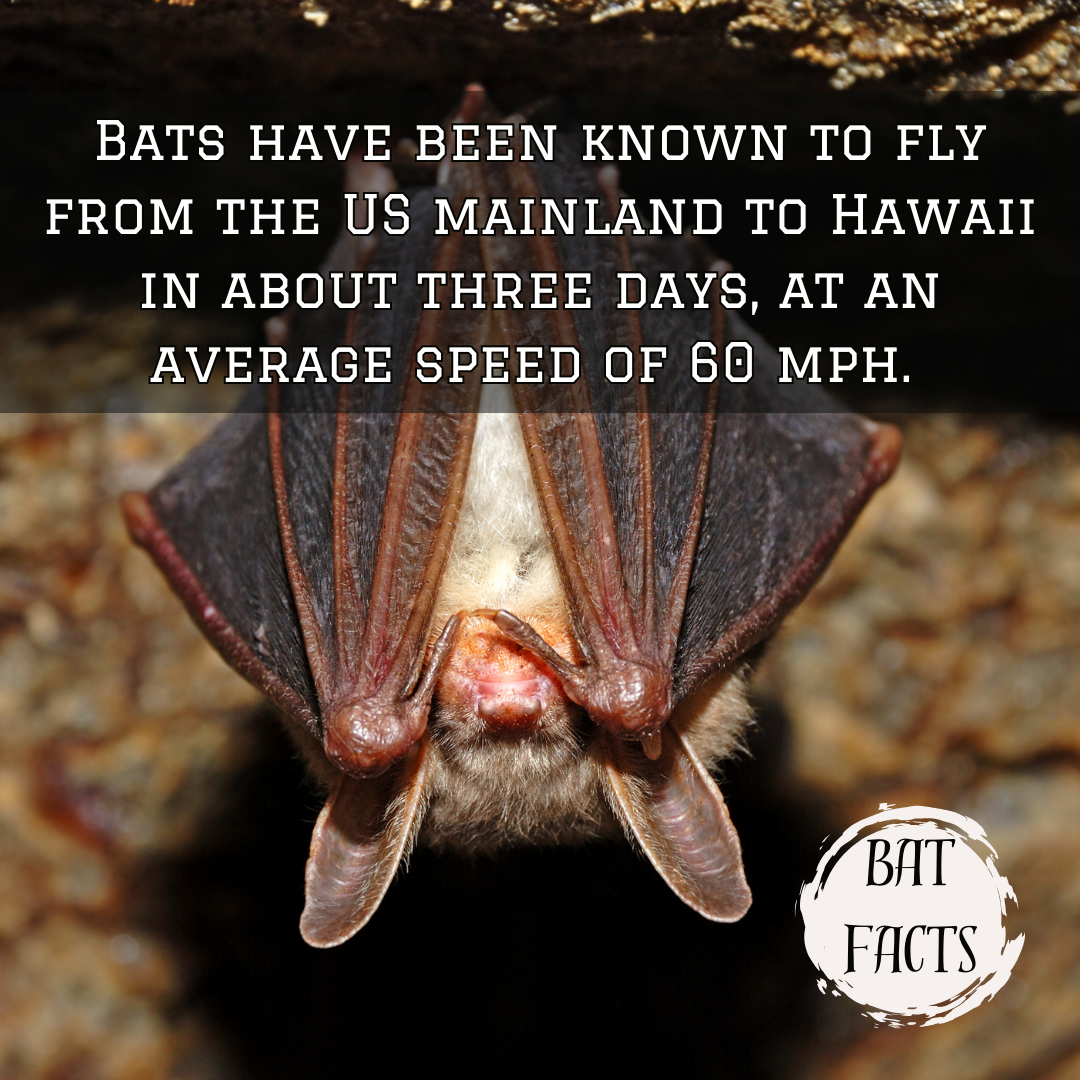Bats
Bats are cool
Bats are the only true flying mammals. There are over 1,400 species of bats, and they can be found on nearly every part of the planet. Not only are they cute, they are also important...
Studying how bats use echolocation has helped scientists develop navigational aids for the blind. Without bats’ pollination, seed dispersal, and pest control we wouldn’t have bananas, avocados, mangoes, agave, or cacao… that’s right, bats bring us tequila and chocolate!
Found a bat in need of help?
-
Do not handle it with bare hands! Bats can carry rabies.
-
Here's a map of worldwide rescues and temporary care instructions.
-
Bats should never be kept as pets: Here's why.
Celebrate bats with us!
Our community's mascot is Baxter. Baxter is an Egyptian fruit bat that was cruelly kept alone and confined to a small cage for 12 years before being rescued by a bat sanctuary. You can read the full story by clicking on his name.
Our rules for posting and commenting, besides the rules defined here for lemmy.world, are as follows:
- Be respectful and inclusive
Everyone should feel welcome here. Hateful or bigoted language will not be tolerated.
- No illegal or NSFW or NSFL content
Don’t post anything a fruit bat would not approve of.
- No bat hate
Please don't hate on bats in this community (this includes all of your edgy covid humor).
- No advertisement or spam
Bats don’t like spam.
Related Communities
Community Feedback and Moderation
For inquiry on becoming a moderator of this community, please send a message to the current moderators. Any feedback on the community should also be sent to the moderators.
view the rest of the comments

I mean I would think if that were the case, Hawaii would have far more than one native bat species, considering that the islands have been around for millions of years, but have only 1 species of mammal, the Hawaiian hoary bat.
It's actually this exact bat that's been tracked flying from mainland to HI, at least according to this article. I don't think it's a common occurrence, which makes it even cooler, imo.
So the claim in the article is in the 4th paragraph
but happens before the main topic of the article which is
and the article is mostly about a sail drone that passively collects data about the environment. The article discusses some data collection events around San Francisco, but doesn't back up the initial claim of the premise of the factoid, as in the factoid isn't derived from the main subject of the article. It is however, allowed to sit adjacent to the main subject of the article and is in some sense a kissing cousin; this is how false claims often find their way into 'folk truth', its a kind of bait-and-switch approach to rhetoric.
We do know at least once in the previous 1.4 million years, at least one pregnant female bat, or at least more than one ancestor of the Hawaiian hoary bat made it to the islands, so there is that. However, if Hoary bats, or any other bats were regularly making this journey, we would very much expect either more genetic diversity or far more species of bats across the islands, as there would be many introduction events. I can't find any documentation about the original claim however, which I would label as unfounded/ false. We don't actually know that the introduction event came from a bat flying, or if the bats arrived on a vegetation raft.
Digging in a little further leads to this article in the Maui news, which leads to this publication from the Parks service, which is a genomics analysis of the extant populations of the Hawaiian Hoary bat. The finding is that the Hawaiian populations came from a small number of dispersal events (3 most likely), 9k, and 900 years ago. It makes no suggestion of dispersal by air, and rafting is a know method of dispersal for many other terrestrial species of invertebrate in Hawaii. Again, only no/ weak evidence of this journey being done by flight. More than possible that the bats arrived after some massive flood on the west coast and they were trapped on vegetation rafts that washed ashore or came near enough for them to make landfall.